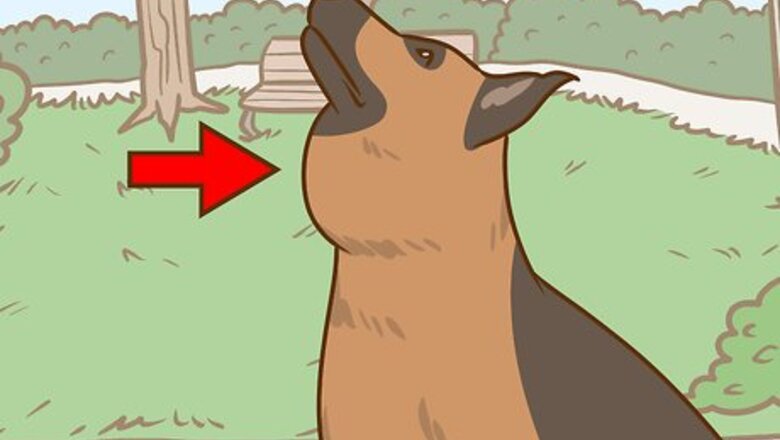
views
Recognizing a Salivary Mucocele
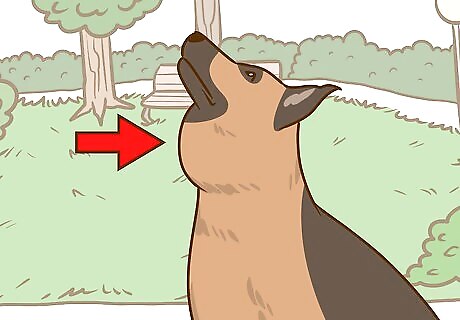
Look for swelling of the chin. One of the major signs that a dog might have a salivary mucocele is swelling under the chin. The swelling occurs in the angle of the jaw. In the early stages, the swelling sits to either the left or the right side. The longer the mucocele has been present, the more it spreads and it can be difficult to tell which side it arose from. If you notice something isn't quite right with the dog's chin, make a mental note of which side was swollen first. This helps the vet figure out which gland is damaged. If in doubt as to which side is affected, stand directly in front of the dog and compare one side with the other to see which is more swollen. The swelling will probably feel a bit squishy when you press it, like a fluid-filled balloon.
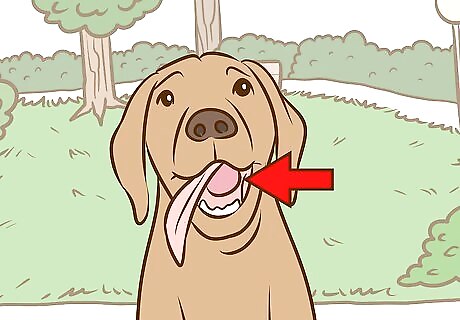
Watch for swelling under the tongue. This swelling can be more difficult to spot. Sometimes the swelling is subtle and can be there for a long time before it becomes large enough to be noticeable. This swelling looks like large pink bubbles or cysts under the tongue, and they can reach a size where they displace how the tongue sits and push it over to one side. Swelling under the tongue can also cause problems chewing or cause bloody saliva. To check for swellings under the tongue, watch the dog very carefully when she yawns. Alternatively, open her mouth and gently move the tongue to one side so that you can get a look underneath.
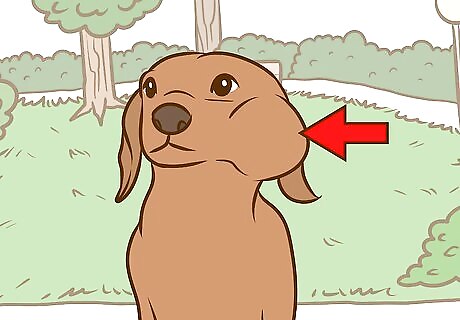
Check for salivary mucoceles in other places. In rare cases, a salivary mucocele might appear at the back of the throat or on the eyelids. A salivary mucocele on the throat can cause difficulty swallowing or breathing. One in the eye can cause eye pressure and pain. Look for swelling along the eyelids or in the throat region.
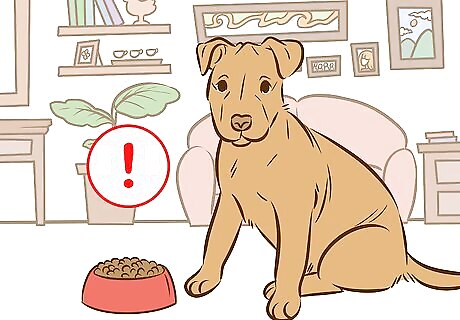
Check for trouble eating. Since salivary mucoceles aren’t generally painful, your dog won’t display signs of pain. A salivary mucocele in the mouth can make it hard for the pet to eat because the tongue is displaced. This can cause her to bite down on her tongue or make it difficult to eat. She may also have trouble chewing on toys.
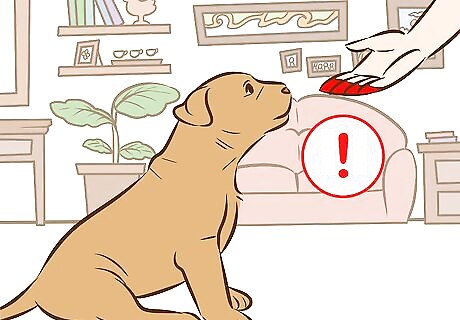
Look for bloody saliva. Sometimes, saliva in the mouth may be bloody. This is as a result of trauma to the salivary gland. The saliva will likely be pink tinged or light red.
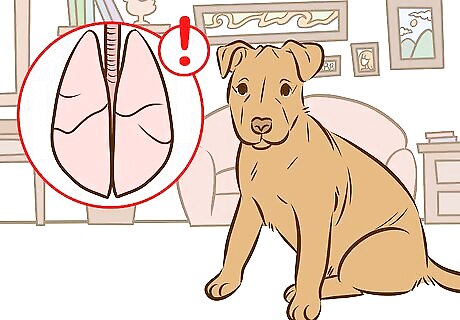
Watch for difficulty breathing or swallowing. If the dog has a salivary mucocele on the throat, it might not be detected from the outside. Instead, look for signs of respiratory distress or any trouble swallowing. These symptoms should be seen by a doctor immediately since the mucocele can blow the airways.

Look for infection. In some cases, especially when left untreated, the mucoceles can reach large sizes and become infected. This can cause pain and damage to the tissue. Look for large pockets of swelling accompanied by pain.
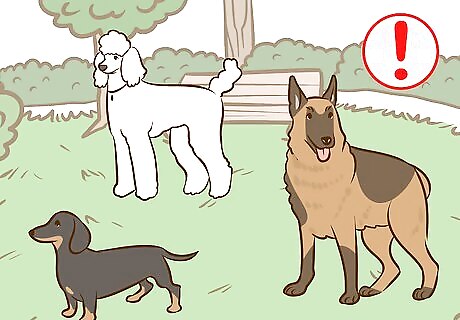
Determine if your dog is a higher risk breed. Any dog can get a salivary mucocele regardless of breed or age. However, some breeds are at a higher risk than others. Dachshunds, German Shepherds, Poodles, and Australian Silky Terriers are at a high risk for salivary mucoceles.
Treating a Salivary Mucocele
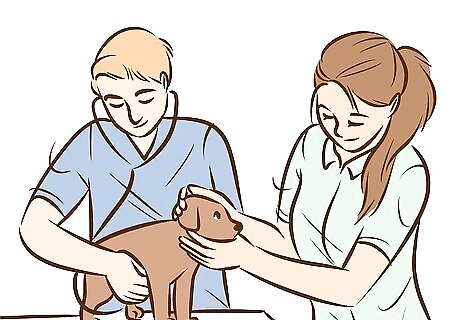
Take your dog to the vet. If your dog has signs of a salivary mucocele, you need to take her to the vet. Your vet may refer your dog to a specialist, depending on the amount of damage or the infected glands.
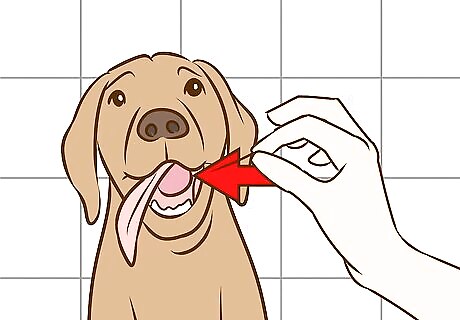
Drain the mucocele. The vet can drain or lance the salivary mucocele. However, this is a temporary solution. Generally, the mucocele will come back after draining.
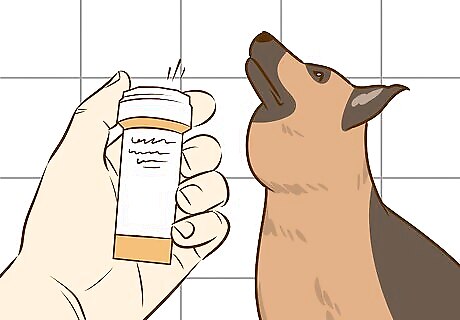
Give the dog antibiotics. If your dog has an infection that occurred because of the salivary mucocele, your vet might prescribe antibiotics to rid the dog of the infection prior to any surgical treatments. Antibiotics might also be prescribed to help reduce the inflammation.
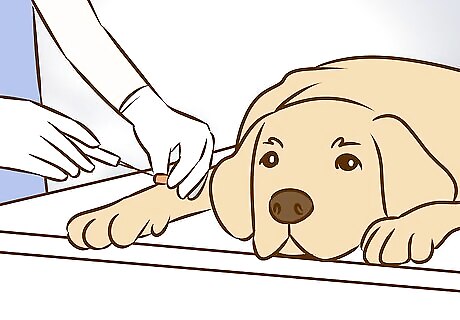
Remove the salivary mucocele surgically. Most of the time, treatment for this is surgical. This helps reduce any recurring inflammation. Your vet will diagnose the dog and determine the best kind of treatment for your dog’s case. This is why it’s important to know which side the swelling started on. A vet will need to know which side the infected gland is on so she can remove it. Sometimes, if the swelling is under the tongue, the salivary glands under the tongue can be removed, but this can be demanding. Instead, many surgeons favor marsupialization of the swelling. This means they make an incision into the lump to let it drain out, then suture the edges to the tongue so that the lump stays permanently open and saliva cannot build up again. Instead, it drains into the mouth. However, some surgeons believe this method is ineffective.
















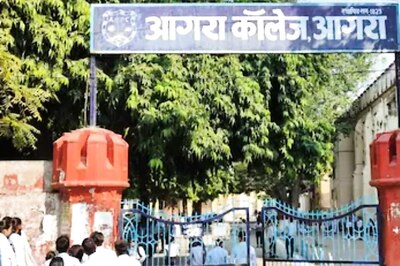



Comments
0 comment